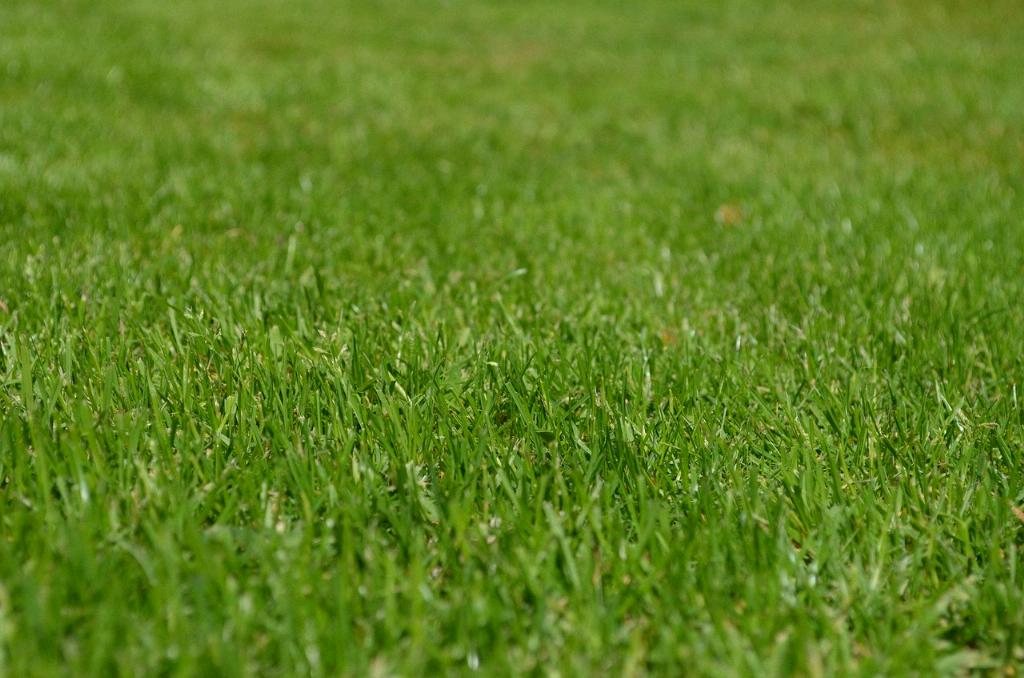One of the common issues many homeowners face with their lawns is the presence of lumps or bumps on the surface. These uneven areas can be not only unsightly but also a potential hazard for tripping over. If you’ve ever wondered why your lawn is lumpy, there are several factors that can contribute to this problem.
Freezing and Thawing of Soil
One of the primary reasons for a lumpy lawn is the freezing and thawing of the soil. During late winter and early spring, the soil experiences repeated cycles of freezing and thawing. This process, known as frost heaving, causes the soil to shift and push upwards, resulting in uneven surfaces on your lawn.
Compacted Soil
Another factor that can lead to a bumpy lawn is compacted soil. When the soil becomes compacted, either due to heavy foot traffic or the use of heavy machinery, it loses its natural structure and becomes harder. This compaction can create uneven areas on the lawn.
Underlying Tree Roots
If you have trees in your yard, the roots of these trees could also be a cause of lumps in your lawn. As tree roots grow and expand, they can push up against the soil, creating mounds or bumps on the surface. This issue is more common in older trees with extensive root systems.
Poor Drainage
Inadequate drainage is another culprit for lumpy lawns. When water is not able to drain properly from the soil, it can collect in certain areas and cause the soil to swell or shift. This waterlogged soil can create uneven patches on the lawn.
Grass Growth Patterns
Uneven mowing or irregular grass growth patterns can also contribute to a lumpy lawn. If you mow your lawn in different directions each time or let the grass grow too long before cutting it, you may notice uneven areas where the grass is thicker or thinner, resulting in a bumpy surface.
Soil Settling
After landscaping or any yard work that involves moving soil, the soil may settle unevenly, leading to lumps in the lawn. This settling process can take time, and you may notice bumps appearing weeks or even months after the initial work was done.
Pest Infestations
Sometimes, pests like moles or gophers can tunnel underground, causing the soil to shift and create mounds on the surface. If you suspect a pest infestation in your lawn, it’s essential to address the issue promptly to prevent further damage.
Use of Heavy Equipment
If heavy machinery or equipment has been used on your lawn, such as construction vehicles or tractors, the weight and movement of these machines can compact the soil and create uneven surfaces. Avoid driving heavy equipment over your lawn to prevent lumps from forming.
Improper Grading
Incorrect grading of your lawn during landscaping or construction can result in lumpy areas. If the soil is not properly leveled or graded, water may collect in certain spots, leading to soil erosion and the formation of bumps or depressions on the surface.
Weather Conditions
Extreme weather conditions, such as heavy rainfall or prolonged drought, can also impact the smoothness of your lawn. Excessive moisture from rain can soften the soil and cause it to shift, while drought conditions can lead to soil shrinkage and the formation of cracks and bumps.
Previous Land Use
If your property has a history of being used for other purposes, such as agriculture or construction, the remnants of past activities can contribute to lumpy areas on your lawn. Old foundations, buried debris, or uneven terrain from previous land use can all affect the smoothness of your lawn.
Maintenance Practices
The way you care for your lawn can also impact its texture and surface. Over-fertilizing, overwatering, or neglecting regular maintenance tasks like aerating or dethatching can result in an uneven lawn with lumps or bumps that detract from its appearance.

